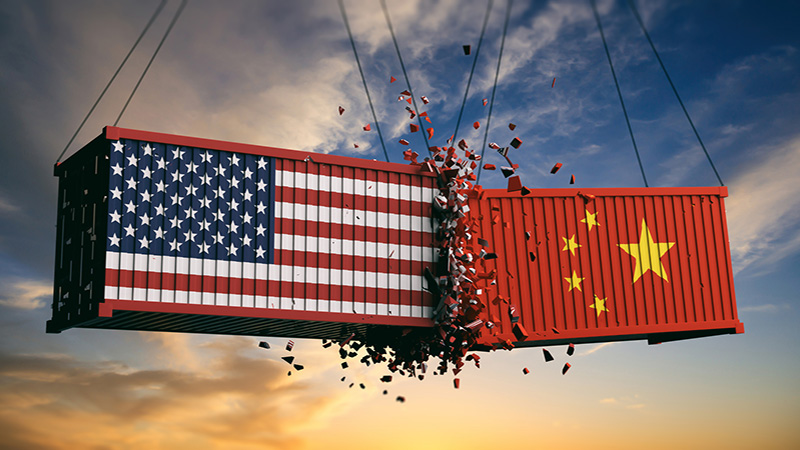By Nick Stanhope, senior portfolio manager at Morningstar Wealth
With 2024 an intensely busy year for elections, it is worth examining the possible implications for investors in what is a highly topical region for the US presidential election – China.
Election outcomes may not be clear in advance – the US presidential election is proving difficult to predict with only months to go – and it can be hard to gauge the impact of potential policies.
Instead, we focus on what is known, the scenarios which could play out and what is already priced in, taking a view on what that all means for valuations.
Democrat or Republican – will it really matter to China?
The major issue between China and America is trade tariffs. China’s exports to the US fell 13% between 2018 and 2019 following the implementation of trade tariffs of up to 25% by then President Donald Trump.
His 2024 campaign pledges include baseline tariffs on all imported foreign goods to America as well as to “end reliance on China” with a range of trade barriers.
Vice president Kamala Harris is taking a more targeted approach, with her an president Joe Biden imposing tariffs on a range of imports from China in May including electric vehicles, solar panels and semi-conductors.
See also: Macro matters: Why managers are buying China again
Trump has been quite vocal about retaliating against Chinese economic policies, with Harris more guarded, but there is probably less between the two than rhetoric suggests.
China has responded to these ongoing tariffs by diversifying its trade links, signing bilateral agreements with emerging economies across Asia, Africa and South America. These will temper and offset the impact of any further tariff action by the next US government.
In data terms, in 2022 Asia accounted for close to half of Chinese exports, contrasting with 22% to Europe, and the US amounting to just under 20%. The US is important for China, but not as important as it once was.
It is also worth noting that any further tariffs on Chinese imports to America could create an inflationary headache for the US, disrupting its economic recovery. This is a known risk and is to some extent already priced in.
Looking at China in a new light
China is a very different market and investment proposition compared to ten or even five years ago. It is no longer a copycat mass manufacturer and exporter relying on foreign expertise and dominated by government-controlled entities, banks and property developers.
The Chinese economy is now fast paced and innovative with many businesses generating above average returns.
Foreign companies are now lining up to partner with leading Chinese private firms because they have often created more advanced technology and manufacturing processes than those operating in the developed West.
See also: Is there any point investing in the US actively?
China has also faced a number of well-documented challenges over recent years – including an extended covid lockdown and an overheated property market – which have seen valuations fall. As a result, these factors and risks are now priced in, and our analysis identifies valuation opportunities for investors.
One example of this is the high proportion of Chinese companies with a MOAT rating. This is a concept pioneered by Morningstar, based on Warren Buffet’s notion of companies building a competitive edge which protects them and their position from competitors.
Almost half of Chinese companies have a MOAT rating, just behind the US. It is a strong indicator of being able to grow faster and more profitably.
Detecting where value opportunities exist
Overall, China offers attractively priced high-quality companies experiencing improving profitability, at a time when US and several other markets are trading at high valuation levels.
We currently hold more than we usually do in our portfolios, but less than in other markets, reflecting the unique nature and risks of investing in China.
Our focus is on domestic companies, particularly in the technology and communication services sectors, where they are principally serving the local market rather than competing with US companies.
In-depth investment research, analysis and insights are key here to pinpoint good opportunities in China, as well as identifying the challenges to steer around when the next US presidential term commences.









